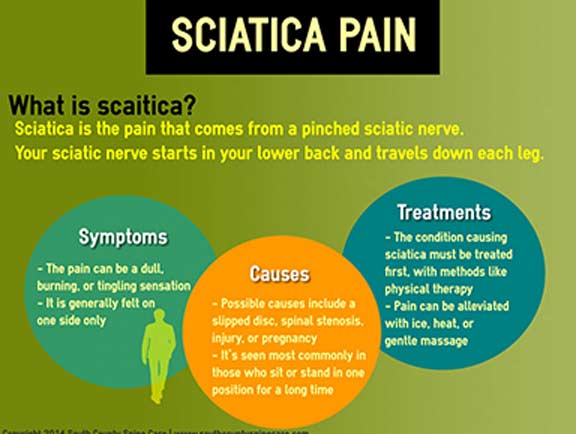Common Everyday Behaviors That Trigger Back Pain And Tips For Preventing Them
Common Everyday Behaviors That Trigger Back Pain And Tips For Preventing Them
Blog Article
Authored By-Snyder Dempsey
Maintaining proper stance and avoiding common pitfalls in daily tasks can dramatically affect your back wellness. From just how you sit at your workdesk to just how you lift heavy objects, little modifications can make a large difference. Imagine a day without the nagging back pain that impedes your every move; the remedy may be easier than you assume. By making a few tweaks to your everyday behaviors, you could be on your way to a pain-free presence.
Poor Posture and Sedentary Way Of Living
Poor position and a sedentary way of living are 2 significant factors to back pain. When you slouch or hunch over while sitting or standing, you placed unneeded strain on your back muscular tissues and spinal column. This can bring about muscle mass discrepancies, tension, and ultimately, persistent neck and back pain. In addition, sitting for long periods without breaks or exercise can compromise your back muscular tissues and result in stiffness and pain.
To fight inadequate posture, make a conscious initiative to sit and stand directly with your shoulders back and aligned with your ears. Remember to maintain your feet level on the ground and stay clear of crossing your legs for extensive periods.
Incorporating normal extending and strengthening exercises right into your daily regimen can also assist improve your stance and ease neck and back pain associated with an inactive way of living.
Incorrect Training Techniques
Incorrect training techniques can considerably contribute to pain in the back and injuries. When you raise hefty objects, remember to flex your knees and use your legs to raise, rather than depending on your back muscles. Stay clear of turning your body while lifting and keep the item near your body to reduce pressure on your back. It's important to preserve a straight back and prevent rounding your shoulders while lifting to stop unnecessary stress on your back.
Always examine the weight of the object before lifting it. If it's also heavy, request for help or usage equipment like a dolly or cart to transport it safely.
Keep in mind to take breaks throughout lifting jobs to offer your back muscular tissues an opportunity to relax and stop overexertion. By carrying out appropriate lifting methods, you can avoid pain in the back and lower the danger of injuries, ensuring your back stays healthy and balanced and strong for the long-term.
Absence of Regular Exercise and Extending
An inactive way of living devoid of normal exercise and stretching can dramatically add to back pain and pain. When you don't participate in physical activity, your muscle mass come to be weak and inflexible, resulting in inadequate position and boosted pressure on your back. Routine exercise assists reinforce the muscular tissues that sustain your spinal column, enhancing stability and decreasing the danger of back pain. Including extending into Discover More can also boost adaptability, stopping stiffness and discomfort in your back muscles.
To stay clear of neck and back pain brought on by an absence of exercise and stretching, go for at least half an hour of moderate exercise most days of the week. Consist of integrative medicine that target your core muscles, as a solid core can assist ease pressure on your back.
Additionally, take breaks to stretch and move throughout the day, especially if you have a desk job. Basic stretches like touching your toes or doing shoulder rolls can aid ease tension and prevent pain in the back. Focusing on routine workout and stretching can go a long way in maintaining a healthy and balanced back and minimizing discomfort.
Conclusion
So, remember to stay up straight, lift with your legs, and remain active to avoid pain in the back. By making basic adjustments to your daily routines, you can avoid the discomfort and limitations that come with back pain. Deal with your spine and muscles by exercising excellent posture, appropriate training techniques, and normal exercise. Your back will certainly thank you for it!
